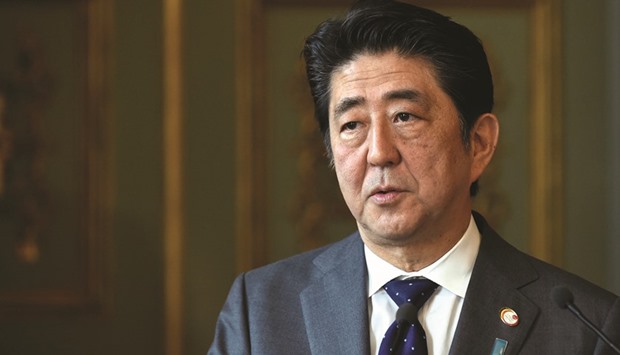The world economy is struggling. The single currency is fettering, not freeing, the eurozone; Japan is smarting from the slowdown of America’s normalisation of monetary policy; and emerging markets worldwide are suffering the consequences of China’s economic mismanagement.
But adverse global conditions, however troubling, should not lead central bankers to neglect the risks of untested policies – above all the “helicopter drops” that many are now proposing.
Conceived in 1969 by Milton Friedman as part of a thought experiment – not an actual proposal – helicopter drops got their name from the fantastic vision of fresh money being scattered from a helicopter whirring overheard.
But the point of helicopter drops – or what former US Fed chair Ben Bernanke recently called a “money-financed fiscal programme” (MFFP) – is simply to distribute newly-printed cash directly to consumers, such as through tax rebates.
Over the last half-century, central bankers have repeatedly ruled out the use of MFFP. But in the current environment of persistently weak aggregate demand, below-target inflation, and slow or no output growth, economists worldwide have been desperately seeking deus ex machina – a search that, for some, has led to the heliport.
Among the most prominent advocates of MFFP is Adair Turner, whose latest book, Between Debt and the Devil, provides an insightful thought experiment on the use of helicopter money. Turner and his fellow MFFP advocates seem to believe that placing more money in the hands of the public is practically always welcome.
In their view, it is not only a straightforward way instantly to boost real demand; it also seems preferable to debt-financed fiscal stimulus, owing both to political constraints on debt-burdened governments and to MFFP’s more direct – and thus faster – impact on economy-wide spending.
But MFFP could easily produce too much demand. The only guarantee against an inflationary surge in this scenario is the prudence of policymakers.
But their incentive to limit inflation may not be particularly strong. In fact, throughout history, governments have had strong political incentives to monetise the deficit, with the subsequent inflation reducing the debt burden (and effectively confiscating the borrowed savings).
That is why inflation is so much more prevalent in history than deflation. Yet no MFFP proposal even recognises this tendency, much less includes provisions to avoid it.
Of course, central banks are independent from government precisely to ensure that their policies are utterly pragmatic, instead of being shaped by partisan politics. But, in reality, such conduct has been repeatedly absent. Who today still holds up former Fed chair Alan Greenspan as a paragon of sagacity?
Still, the biggest risk is posed by fiscal authorities, who tend to be more heavily influenced by political considerations. Unfortunately, MFFP, by matching monetary expansion to fiscal expansion, effectively empowers fiscal authorities over monetary authorities.
Turner believes that Japan, in particular, would benefit from helicopter drops. In his view, MFFP is the ideal solution to spur demand, without further augmenting Japan’s already-heavy debt burden. But Japan’s large public-debt burden is dangerous precisely because of its potential to spur inflation, through the monetisation of the debt. In this context, introducing MFFP – a policy that is even more likely to destabilise prices – seems dangerous.
Japan has made this mistake before. In 1931, after more than a decade of deep deflation, Finance Minister Korekiyo Takahashi used debt-financed fiscal expansion to bring about a domestic economic revival.
But Takahashi knew when it was time to rein in spending, and in 1934 he attempted to do just that. His focus on reducing military expenditure, however, attracted strong opposition from army officers, who assassinated Takahashi in 1936. His successor allowed the military budget to swell, funded by newly created money. This stimulated rapid inflation, which was brought under control only after the reconstruction following World War II.
Moreover, prices of food products have started to increase. Japanese companies are generating strong profits (Japanese stocks may even be undervalued). And, although GDP is growing very slowly, and even turning negative from time to time, gross national income continues to rise steadily. It seems clear that, rather than risk triggering inflation, Japan should continue on this promising path.
And, indeed, even Turner has offered an alternative proposal that fits with this scenario. He recommends that Japan continue its current method of monetary easing – which can boost demand, while maintaining some safeguard against inflation – and postpone its forthcoming consumption-tax hike.
While fiscal stimulus and monetary expansion do not always have to go hand in hand, under current circumstances in Japan, this proposal makes sense.- Project Syndicate
- Koichi Hamada, special economic adviser to Japanese Prime Minister Shinzo Abe, is professor emeritus of economics at Yale University and at the University of Tokyo.

Japanese Prime Minister Shinzo Abe


